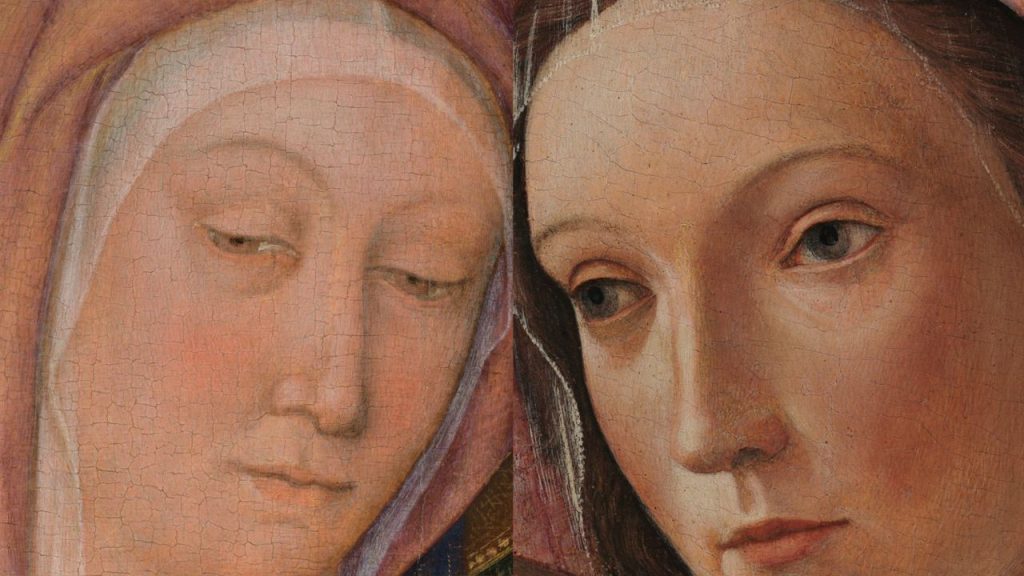
At the Gallerie dell’Accademia a confrontation between Jacopo and Giovanni Bellini on works of sacred theme is staged, to discover the evolution of a style.
In the 1400s, Jacopo Bellini’s art shop likely employed Jacopo’s own two sons – if anything, to help out according to their inclinations. A sort of division of labour. Gentile Bellini (1429-1507) worked mainly on portraits and large-scale narrative art, while younger Giovanni (ca. 1430-1516) dedicated mostly to sacred art. Over time, Giovanni’s relationship with sacred art grew to unparalleled, original, superb proportions. And while certainly, his innovative, monumental compositions for Venetian churches will become an essential reference for generations of younger artists, Giovanni Bellini was one of the most extraordinary, peculiar interpreters of a more intimate, spiritual, contemplative genre: art for private devotion. In particular, his Madonnas with child – so innovative in style, yet so traditional in subject and meaning. The presence of a Madonna in basically every room in Venetian houses made for a healthy market, too.
The history and evolution of Bellini’s Madonnas is all there at the Gallerie dell’Accademia, and currently, there’s an extra reason to visit: the Madonna Trivulzio (ca. 1560), on loan from the Castello Sforzesco in Milan, will be on display for a few further months. The comparison with Bellini Sr’s Madonna and Child Blessing (ca. 1455) shows just how much the two grew apart in a short period. The son is his own man, now, and abandoned the father’s late Gothic art to pledge allegiance to the coming Renaissance.